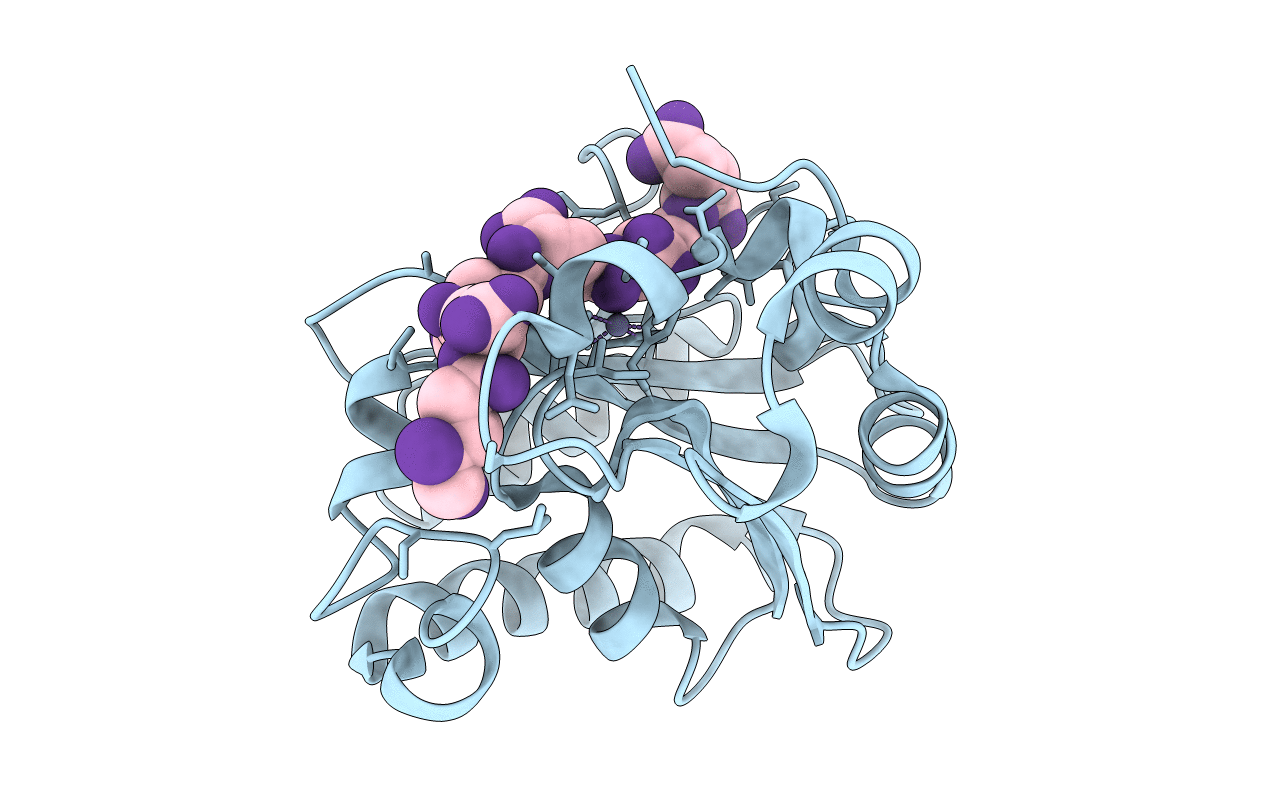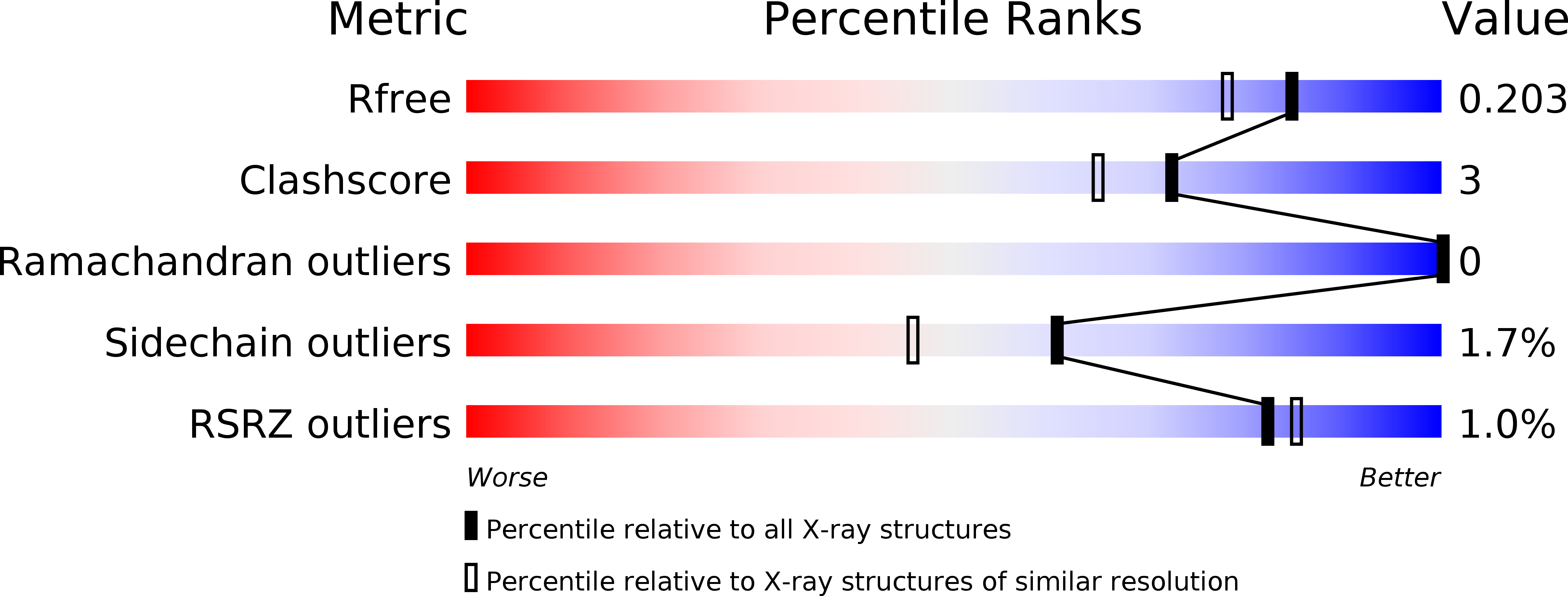
Deposition Date
2017-08-03
Release Date
2018-08-29
Last Version Date
2024-11-13
Entry Detail
Biological Source:
Source Organism:
Bacillus subtilis (Taxon ID: 1423)
synthetic construct (Taxon ID: 32630)
synthetic construct (Taxon ID: 32630)
Host Organism:
Method Details:
Experimental Method:
Resolution:
1.70 Å
R-Value Free:
0.20
R-Value Work:
0.16
R-Value Observed:
0.16
Space Group:
P 21 21 21


